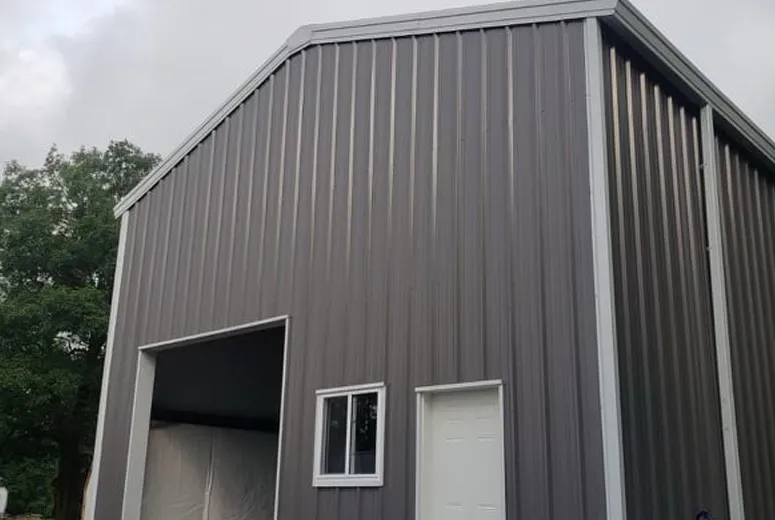- Afrikaans
- Albanian
- Amharic
- Arabic
- Armenian
- Azerbaijani
- Basque
- Belarusian
- Bengali
- Bosnian
- Bulgarian
- Catalan
- Cebuano
- Corsican
- Croatian
- Czech
- Danish
- Dutch
- English
- Esperanto
- Estonian
- Finnish
- French
- Frisian
- Galician
- Georgian
- German
- Greek
- Gujarati
- Haitian Creole
- hausa
- hawaiian
- Hebrew
- Hindi
- Miao
- Hungarian
- Icelandic
- igbo
- Indonesian
- irish
- Italian
- Japanese
- Javanese
- Kannada
- kazakh
- Khmer
- Rwandese
- Korean
- Kurdish
- Kyrgyz
- Lao
- Latin
- Latvian
- Lithuanian
- Luxembourgish
- Macedonian
- Malgashi
- Malay
- Malayalam
- Maltese
- Maori
- Marathi
- Mongolian
- Myanmar
- Nepali
- Norwegian
- Norwegian
- Occitan
- Pashto
- Persian
- Polish
- Portuguese
- Punjabi
- Romanian
- Russian
- Samoan
- Scottish Gaelic
- Serbian
- Sesotho
- Shona
- Sindhi
- Sinhala
- Slovak
- Slovenian
- Somali
- Spanish
- Sundanese
- Swahili
- Swedish
- Tagalog
- Tajik
- Tamil
- Tatar
- Telugu
- Thai
- Turkish
- Turkmen
- Ukrainian
- Urdu
- Uighur
- Uzbek
- Vietnamese
- Welsh
- Bantu
- Yiddish
- Yoruba
- Zulu
Oct . 18, 2024 06:31 Back to list
The Importance of Farm and Agricultural Buildings in Modern Agriculture
Agriculture has been the backbone of human civilization for millennia, providing food, clothing, and shelter
. As society has evolved, so too has the practice of agriculture, necessitating the development of specialized structures known as farm and agricultural buildings. These buildings play a critical role in modern farming practices, impacting everything from crop production to livestock management and sustainable practices.Farm and agricultural buildings serve a variety of purposes, and their design largely depends on the specific needs of the farming operation. Common types of agricultural buildings include barns, silos, greenhouses, storage facilities, and livestock housing. Each of these structures is tailored to optimize the farming process, enhance productivity, and improve the overall efficiency of agricultural operations.
One of the primary functions of agricultural buildings is to provide shelter for livestock. Proper housing is crucial for animal welfare as it protects animals from harsh weather conditions and predators. It also plays a role in disease prevention, minimizing the risk of infection and promoting overall health. Modern livestock buildings are designed with ventilation systems, temperature control, and space that accommodates the needs of various species, ensuring that animals are both comfortable and productive.
In addition to housing livestock, agricultural buildings are essential for storing crops and equipment. Silos, for example, are specifically designed for the storage of grains, protecting them from moisture and pests while maintaining their quality. Proper storage facilities are vital to minimizing food spoilage and guaranteeing a steady food supply. Moreover, workshops and equipment storage buildings house necessary tools and machinery essential for daily farming operations. Keeping this equipment in good condition ensures that farmers can operate efficiently, especially during the busy planting and harvesting seasons.
farm and agricultural buildings

Agricultural buildings also contribute significantly to crop production through structures like greenhouses. These controlled environments allow for year-round cultivation, enabling farmers to grow a wide range of crops regardless of external climate conditions. Greenhouses provide an ideal atmosphere, regulating factors such as temperature, humidity, and light, which can lead to higher yields and improved crop quality. This is especially beneficial in regions with harsh climates, where the growing season may be limited.
Sustainability in agriculture is becoming increasingly important as the industry faces challenges such as climate change and resource depletion. Many modern agricultural buildings are being designed with sustainability in mind, incorporating renewable energy sources like solar panels and wind turbines. Additionally, practices such as rainwater harvesting and efficient waste management systems can significantly reduce the ecological footprint of farming operations, promoting environmental stewardship.
Moreover, technological advancements are influencing the design and functionality of agricultural buildings. The integration of smart technology allows farmers to monitor and control various aspects of their operations remotely. For instance, climate control systems in greenhouses can be adjusted based on real-time weather data, optimizing growing conditions and reducing energy consumption. The use of automation in livestock facilities enhances feeding and monitoring practices, making operations more efficient while allowing farmers to dedicate their time to other critical tasks.
In conclusion, farm and agricultural buildings are indispensable components of modern agriculture. They provide essential shelter and storage, enhance crop production, and contribute to sustainable agricultural practices. As the sector continues to evolve, investing in advanced, efficient, and environmentally friendly agricultural buildings will be vital for meeting the increasing global food demand while ensuring the welfare of the environment and livestock. By recognizing the importance of these structures, farmers can better equip themselves to face the challenges ahead, ultimately ensuring the success and sustainability of their agricultural endeavors.
-
How Do Prefabricated Steel Structures Transform Modern Construction?
NewsJul.14,2025
-
How Do Prefabricated Metal Buildings Redefine Modern Construction?
NewsJul.14,2025
-
How Do Prefab Insulated Metal Buildings and Steel Structures Revolutionize Modern Construction?
NewsJul.14,2025
-
How Do Pre - Engineered Steel Structures Redefine Modern Construction?
NewsJul.14,2025
-
Advancing Modular Construction with Prefabricated Metal Structures
NewsJul.14,2025
-
Advancing Industrial Infrastructure with Prefabricated Steel Solutions
NewsJul.14,2025
Products categories
Our Latest News
We have a professional design team and an excellent production and construction team.












